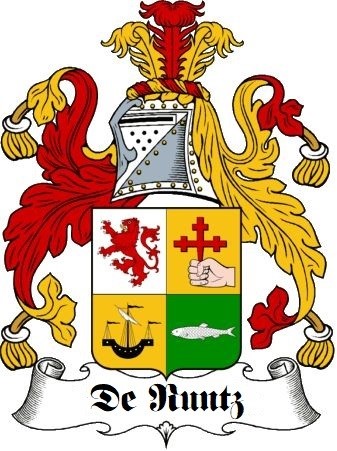

| Contact me | | | Ryan-Dennis | | | Dunn-Timothy | | | Ryan-Timothy | | | Pahl Family | | | Deegan Family | | | DeRuntz Family | | | Ciaramitaro-MO | | | Ciaramitaro-MA | | | Ireland-Italy |

Note: Goldbach-Altenbach is shown just left of center on this map, and south of Le Grand Ballon.
Key: Route des Cretes (Mountain Road) and Route des Vins (Wine Road)
Note: Special thanks to cousin Mary Pohl Carmody for sharing this colorful map.
Note: Information below collected and organized by Sally Ryan Sharamitaro
France - French Communes
Today, French communes are still very much the same in general principles as those that were established at the beginning of the French Revolution. The biggest changes occurred in 1831, when the French Parliament re-established the principle of the election of municipal councils, and in 1837 when French communes were given legal "personality," being now considered legal entities with legal capacity.
European communes
The median population of metropolitan France's communes at the 1999 census was 380 inhabitants. This is a very small number, and here France stands absolutely apart in Europe, with the lowest communes' median population of all the European countries (communes in Switzerland or Rhineland-Palatinate may have a smaller surface area, but they are more populated). The small median population of French communes can be compared with Italy, where the median population of communes in 2001 was 2,343 inhabitants, Belgium (11,265 inhabitants), or even Spain (564 inhabitants).
Thus, in Europe, only Switzerland has as high a density of communes as France, and even there an extensive merger movement has started in the last 10 years. To better grasp the staggering number of communes in France, two comparisons can be made: First, of the original 15 member states of the European Union there are approximately 75,000 communes; France alone, which comprises 16 percent of the population of the EU-15, had nearly half of those communes. Second, the United States, with a territory fourteen times larger than that of the French Republic, and nearly five times its population, had 35,937 incorporated municipalities and townships (2002).
Alsace, France
Alsace, France is located in eastern France. On the border with Germany to the east (Grand Est) and the Lorraine region of France to the west. The Alsace region is divided into two French 'departments' with Bas-Rhin to the north, including Strasbourg, and Haut-Rhin to the south, including Colmar.
With an area of 8,280 km (3,200 sq mi), it used to be the smallest of the regions of metropolitan France, and still has no fewer than 904 communes.
Travel Note: Alsace known as the smallest region in France is considered very pretty with its location between the Vosges mountains and the Rhine River.
Haut-Rhin, France
Haut-Rhin, France is a 'department' in the Grand Est region of Alsace, France, named after the Rhine river that flows along its eastern border. Its name means Upper Rhine, the main river that forms the eastern border of the 'department' and of France. The prefecture (capital) of Haut-Rhin is Colmar.
Travel Note: The Haut-Rhin 'department' of Alsace is visited for its many picturesque villages and its vineyards, perhaps best discovered by following the route of the Alsace Wine Route, and for the scenery of the Regional Natural Park of the Ballon des Vosges.
Goldbach-Altenbach
Goldbach-Altenbach, France is a commune in the Haut-Rhin 'department' in the north-eastern Alsace, France region. About 30 kilometers (19 miles) from Colmar, the 'department' capital.
Population of Goldbach-Altenbach was 297 inhabitants in 2007*, 252 inhabitants in 1999, 210 inhabitants in 1990, 177 inhabitants in 1982, 183 inhabitants in 1975 and 231 inhabitants in 1968.
*This population census (2007) of the town of Goldbach-Altenbach was made without duplicate data, which means that each Goldbach-Altenbach resident that had ties to another municipality is counted only once for the two municipalities.
Travel Note: Goldbach-Altenbach is 368 kilometers (229 miles) from Paris.
| HOME | DOGTOWN |
| Bibliography | Oral history | Recorded history | Photos |
| YOUR page | External links | Walking Tour |